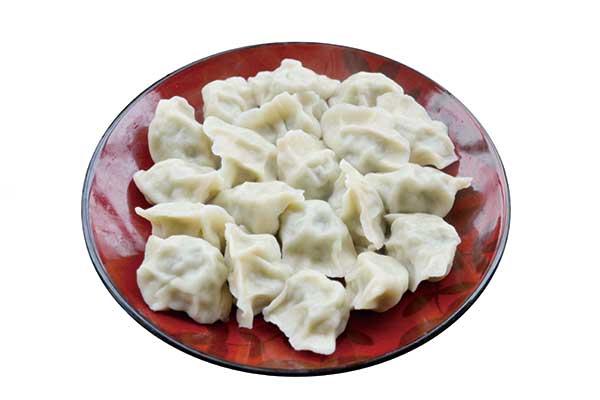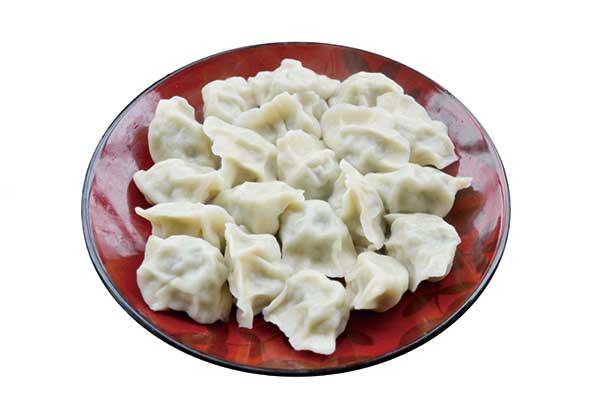hinese New Year isn’t what it was. During the heady, post-Olympic years, the country was a riot of color in late January/early February, as entire cities bedecked themselves with lanterns, paper cuts and lavish red-and-gold characters for good fortune. On Chinese New Year’s Eve, from south to north, east to west, the incessant, deafening pop-pop-pop of firecrackers and the boom of the potentially lethal gunpowder-crammed bangers known as “thunder bamboo” gave the impression of being parachuted into a war zone.
The fight against air pollution, personal injury and fire has taken its toll, with the celebrations in most provincial cities sanitized beyond recognition, to the point that nary a crackle will disturb the lethargic stillness of still smog-wreathed swathes of the country. Even the decorations, in this time of austerity, have been scaled back, and in some jurisdictions it is now the alien feast of Christmas that appears to command the greatest efforts from shopping malls and workplaces.
It is to the Chinese New Year table that we must turn, then, for comfort. While the variety of foods traditionally consumed at this time of year is almost limitless, and varies hugely from region to region, there is one staple that, north of the Yangtze at least, is guaranteed to grace even the most humble table setting.
Behold, the dumpling, or jiaozi.
Few other foodstuffs can claim to be truly transcontinental. Popular myth holds that, along with noodles, dumplings traveled from China to Europe via the Silk Road – an assertion that overlooks the recent discovery of desiccated dumplings and noodles in Central Asian burial sites. From Polish pierogi to Piedmontese tortellini, through Kazakhstan, Nepal and Siberia, meat stuffing wrapped in either bread or noodle skin is a classic comfort food.
In China, jiaozi are inextricable from moments of celebration and commemoration, shaped as they are like traditional gold ingots – a symbol of luck still borne by statues of Caishen, the God of Wealth. While so many New Year traditions have faded, almost all members of a Chinese family will pitch in on New Year’s Eve to prepare fillings and wrap these succulent, bite-sized delights, and the housewife (or husband) who can get the proportions of filling to casing precisely right (opinion differs on said proportions), is highly prized.
Every year, then, I attempt to hold my own against the veteran jiaozi wrappers in my partner’s family. From great grandmother to the youngest cousin, the preferred style is termed “Hebei (Province),” and involves an efficacious double-squeeze motion that seals stuffing in effectively but delivers a somewhat grizzled-looking mouthful. The most elegant jiaozi by far are wrapped by my partner, who synchronizes both hands to produce a delicately ruched seam along one edge, a style he terms “hedgehog.”
I simply pray my stuffing won’t fall out during cooking, and so my jiaozi are plump, with a flattened Stegosaurus frill that leads my family to term my efforts “international style.”
Esthetics aside, flavour is, of course, paramount, and for the last two years, in an effort to save our groaning guts come midnight, we mix fragrant Chinese celery, crisp wood ear fungus, lean pork, garlic shoots and a secret variety of seasonings. Our puffy white creations bob merrily in their pot before being brought steaming to the table, and we all look to see how they’ve held up in the cooking.
No leaks? Tasty? Good with a splash of vinegar? Then you’ve got yourself a good jiaozi.

 Old Version
Old Version
